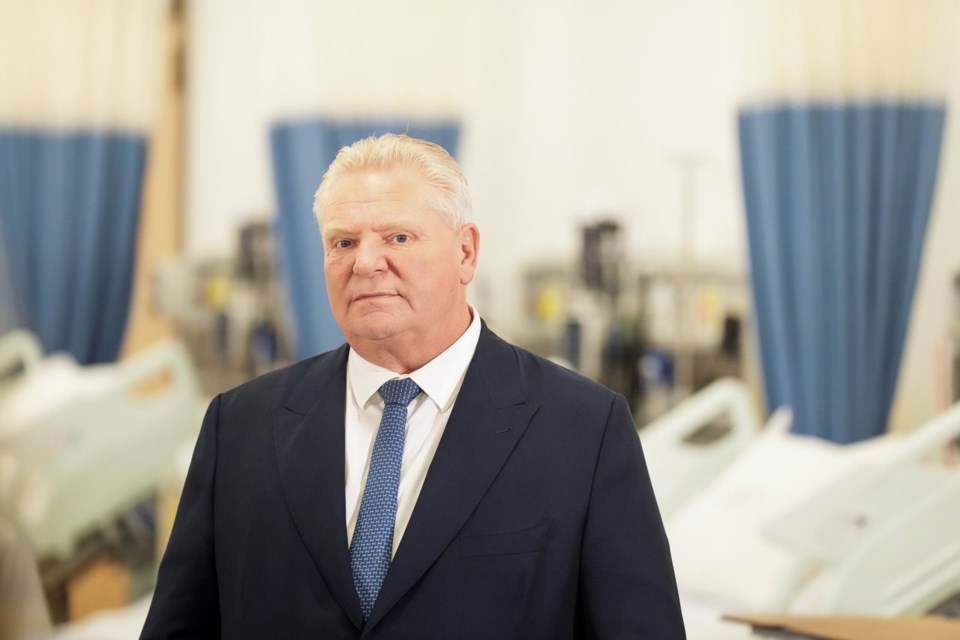TORONTO — Ontario is making what a key minister describes as a "hard pivot" to life sciences, as it looks to replicate its aggressive investment in the electric-vehicle sector in a bid to become a world leader in biomanufacturing and health sciences.
Premier Doug Ford outlined the second phase of the province's life sciences strategy Tuesday as he announced a $146-million investment in the industry.
"It'll be an all-of-government approach," Ford said at the MedTech Conference in Toronto.
"We'll have everyone involved to enhance the province's biomanufacturing capacity, to unlock new streams of capital that help entrepreneurs turn their ideas into prototypes, into market-ready products, to improve the adoption and uptake of Ontario-made technologies in clinical settings and to continue to solidify our province as a premier destination for life sciences investments."
The province is putting $46 million into an infrastructure fund to boost research capacity at post-secondary schools and hospitals. It also expects to spend $5 million to speed up clinical trials, $36 million for several startup funds and $40 million in venture capital funds intended to spur growth and innovation.
The province is also expected to soon announce the details of a program to help companies find laboratory space.
Economic Development Minister Vic Fedeli said the province has a "very ambitious" goal of growing employment in life sciences to 85,000 jobs by 2030, which would be a significant increase from the 72,000 jobs that currently exist.
"This first-of-a-kind-in-over-a-decade life sciences strategy sets a bold vision to establish Ontario as a biomanufacturing and life sciences hub," he said.
Last month, at a committee hearing going over cost estimates at Queen's Park, Fedeli spelled out the government's shifting focus.
After securing a number of high-profile, high-money investments from Volkswagen, Stellantis and others for the electric-vehicle supply chain, the province is looking to do the same with the life sciences industry.
"There's still more work to do in (the electric-vehicle sector), but for the most part, the companies that are in the sector pretty much all have a dance partner, so we are now pivoting, a very hard pivot, to life sciences," Fedeli told the committee.
"We have 70,000 STEM grads annually," he said, referring to graduates from science, technology, engineering and mathematics programs.
He added the province has a robust research and development ecosystem, along with 72,000 life science workers and 2,000 life sciences companies.
"We've landed over $4 billion in life sciences in the last four years," he went on, referring to companies' investments in the province.
Fedeli said Tuesday that Ontario also wants to become a leader in nuclear medicine, in part because of its 12 CANDU nuclear reactors.
"We have a unique opportunity to become the No. 1 North American supplier in the global nuclear medicines supply chain with critical investments in partnerships with leading Ontario universities and companies," Fedeli said.
"We will continue to support reliable access to cutting edge treatments for cancer patients and expand Ontario's nuclear medicine advantage."
This report by The Canadian Press was first published Oct. 15, 2024.
Liam Casey, The Canadian Press




